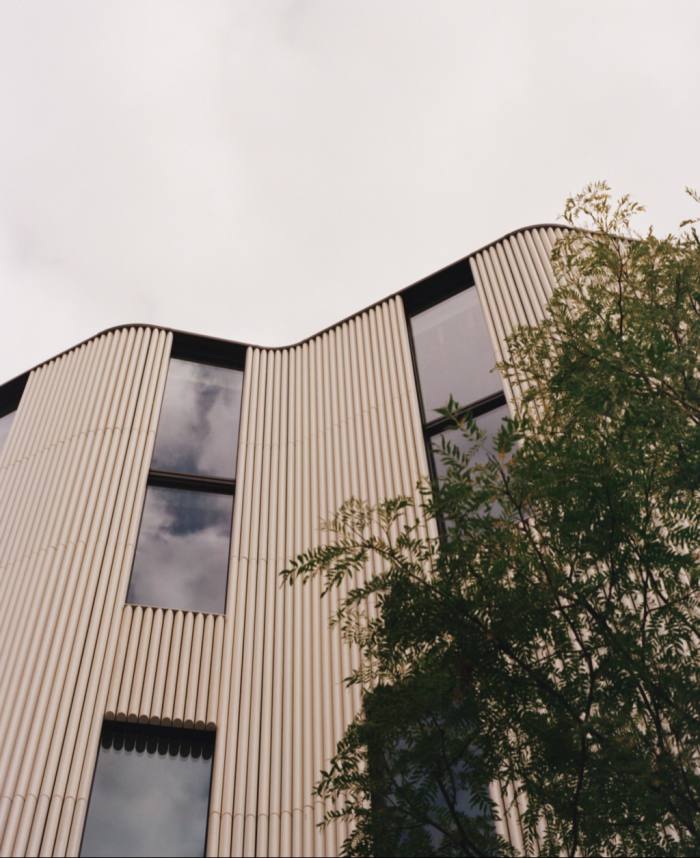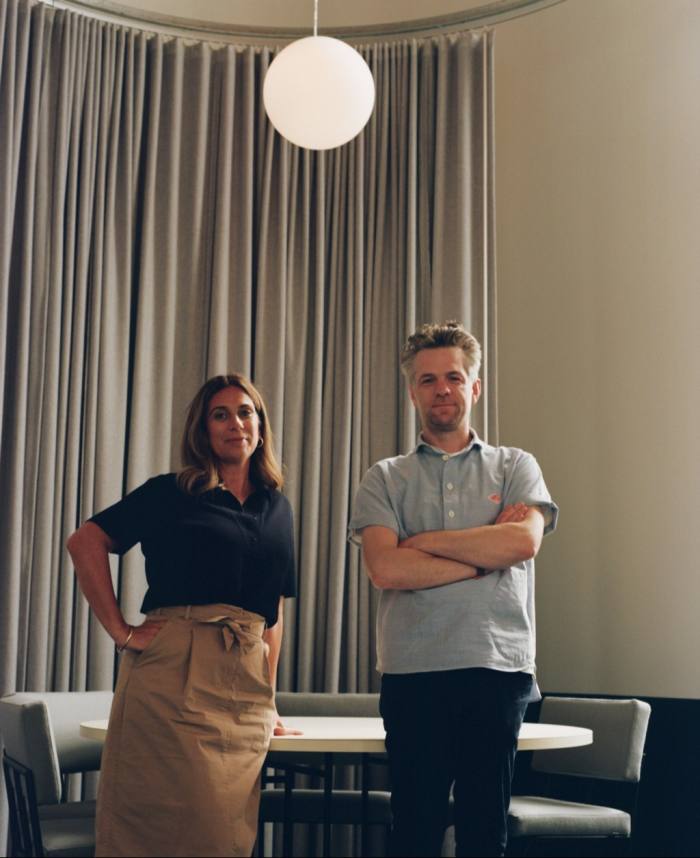The posters are optimistic enough: “Welcome to new London” and “A new destination for contemporary urban living”. Perhaps the only surprise is that they’re next to the former Millennium Dome and not far from the southern terminus of the Emirates Air Line cable car. It’s a reminder that the Greenwich Peninsula is an area that has seen more than its fair share of fresh starts over the past 25 years.
In the late 1990s, this former industrial zone — once the site of Europe’s largest gasworks — was decontaminated and redeveloped by Tony Blair’s Labour government, which built the Dome and attempted to turn the surrounding area into London’s newest village. In 2012 came former mayor Boris Johnson’s cable car, supposedly erected to draw visitors to the area but widely derided as a white elephant; in 2019, it was The Tide, an “elevated linear park” running along the Thames billed as London’s answer to New York’s High Line (one critic was harsher: “pointless folly”).
The latest reboot comes courtesy of the developer Knight Dragon, which has been leading the renewal of the Peninsula for the past nine years and must be hoping its vision for the area will be the one that sticks. Called Design District, it centres around a 150,000 sq ft purpose-built “creative quarter”, offering affordable workspace for 1,800 people. Made up of 16 buildings designed by eight architectural firms, it will provide a hub for makers, fashion designers, artists and tech entrepreneurs — as well as being a new destination for anyone interested in those worlds.
With 12 of the buildings opening in time for this month’s London Design Festival, it’s a development that aims to show that the post‑pandemic city and its creatives are not just open for business, but ready for whatever comes next.
Strolling around the site last month, going from offices to dance studios and makers’ workshops, what is most striking about it is the amalgam of aesthetics, angles and façades in a fusion of architectural styles. This is a result of the studios designing “blind” of each other, an unconventional approach adopted by master planners HNNA and Knight Dragon, but one that lends itself to the variety of spaces needed to house diverse inhabitants.

Walking through narrow passageways which open on to “working courtyards”, there are plenty of moments of discovery: from landscaping that changes with the seasons to small Roman atrium-style seating where one envisions a performance taking place. The new public spaces, conceived by Copenhagen-based urban designers Schulze+Grassov, were influenced by those in Tokyo and by Moroccan souks, according to Matthew Dearlove, Greenwich Peninsula’s head of design.
“With height restrictions in place to preserve the view of the Dome, it gave us the opportunity to create a district with its own identity,” Dearlove explains. “Immersive” and “productive” were key words in the design brief he outlined, as was “low-cost”. Not just relying on its flashy architecture to tempt creatives into the area, the workspaces are priced at £5 per sq ft for the first 12 months. Even factoring in service charges on top — starting from £10 per sq ft and roughly equivalent to those in areas such as Shoreditch or Clerkenwell — this is very competitive.

Helen Arvanitakis, the Design District’s director, says her ambition is partly to help businesses get back on their feet after Covid-19, and to elevate the standard of studio space that creatives expect. “As an industry, [it] is one of the UK’s single best exports,” she says. “Why aren’t we building purpose-designed, beautiful, safe spaces for them to do their best work?”
One of the founding tenants is the design– and tech–focused Ravensbourne University, which moved into purpose-built headquarters nearby on the peninsula in 2010. Its new Institute for Creativity and Technology will be housed in a four-storey building with a reflective aluminium façade and floor-to-ceiling windows, designed by Spanish-Italian architects Barozzi Veiga. It is a centre for postgraduate study, research and industry partnerships at the forefront of creative technology.
“Harnessing the passion of graduates and connecting it with businesses will only encourage fresh ideas and innovation,” Arvanitakis says.

Other tenants include Queercircle, an LGBTQ+-led non-profit which combines arts and social action, and ConceptKicks, a footwear-design research project led by product designer Daniel Bailey. “We want a cross-pollination of creative sectors,” Arvanitakis explains. “Each building is a mix of sectors with no specific areas designated for just one. This way, it will inspire collaborations.” The plan is for everyone to link up: creatives could do everything from 3D printing and food preparation to hosting events and planning photo shoots, without leaving the district. Just as important is fostering a sense of community. “Collaboration is central to our programme,” says Ashley Joiner, the founder of Queercircle, “especially as we offer a space where LGBTQ+ people feel comfortable enough to drop in and meet new people.”

Independent freelancers are also in the developers’ sights: a co-working space called Bureau is part of the scheme, offering desk space beginning at £125 per month. Nearby is Canteen, the district’s food hall, placed in a caterpillar-like structure designed by SelgasCano. There’s a communal basketball court and working courtyards for those who want to eat and work and soak up the environment.
Coinciding with the opening on September 15, visitors will also be able to take in Art Block, a free art exhibition in two of the buildings presented in collaboration with the neighbouring NOW Gallery. A series of talks are also scheduled for September 21-23, addressing topics across design, fashion and craft. Plans are forming for workshops to open across the wider neighbourhood.
With rising property prices and a lack of available workshops putting many creative sectors in London at risk, Design District is a welcome addition to the capital. The question, of course, is whether they can pull it off. The pandemic has shifted working patterns, possibly for good, and not just in London or among those in the design sector. Developers who have committed themselves to huge office blocks in the central commercial areas now find themselves exposed: smaller, more flexible working spaces and mixed-use planning, in which small-scale manufacturers neighbour artists’ studios and flexible desk space, is one vision of the future.

New residents are arriving this month. With the design district just 15 minutes from central London by Tube and plans for a new station, 17,000 new homes and a park, the hope is that many others will follow. Performing arts group Clod Ensemble recently moved into the top floor of a building designed by Mole Architects, a Corten steel-clad tiered structure with large, slanted glass panels on the roof creating a light-filled space for the group. The ensemble has been dreaming of its own studio space “for a long time”, says its director Suzy Willson.
Willson is certainly hoping that the Greenwich Peninsula’s time has finally come. “Initiatives that value and respect artists, understand the contribution they make to communities and offer them affordable workspace are incredibly rare,” she says.
Follow @FTMag on Twitter to find out about our latest stories first

